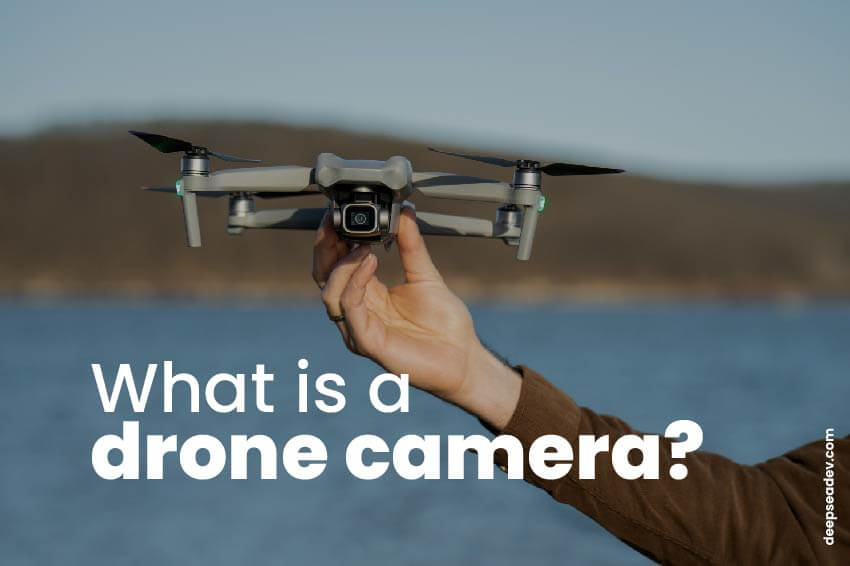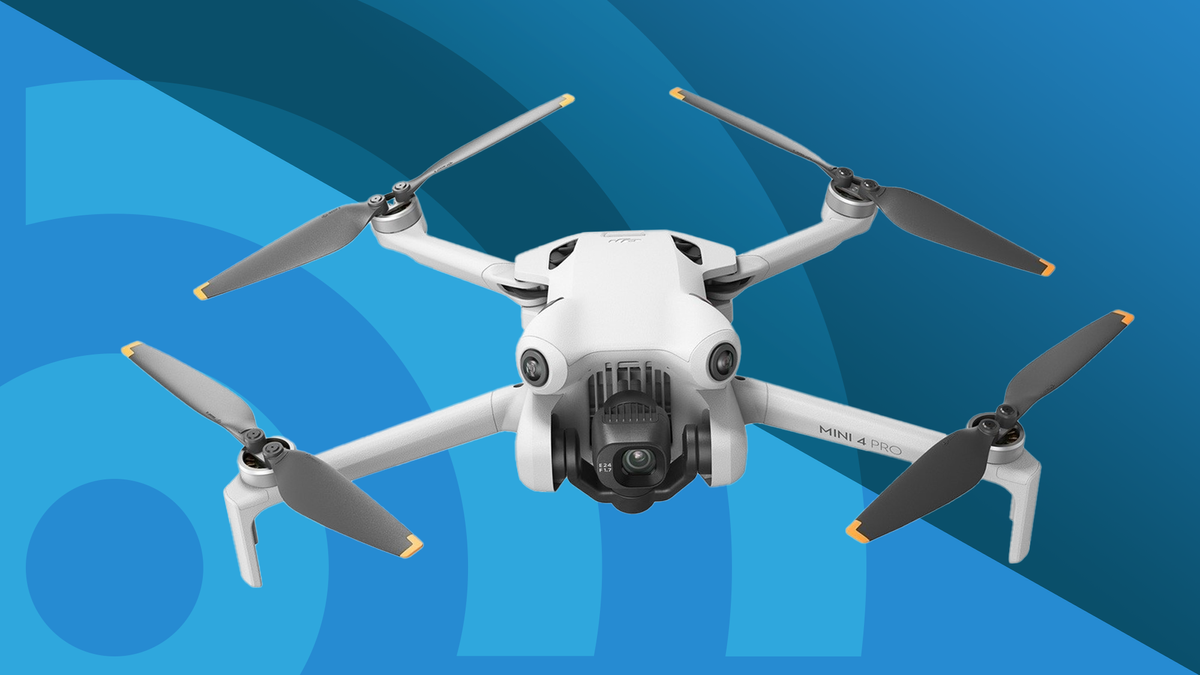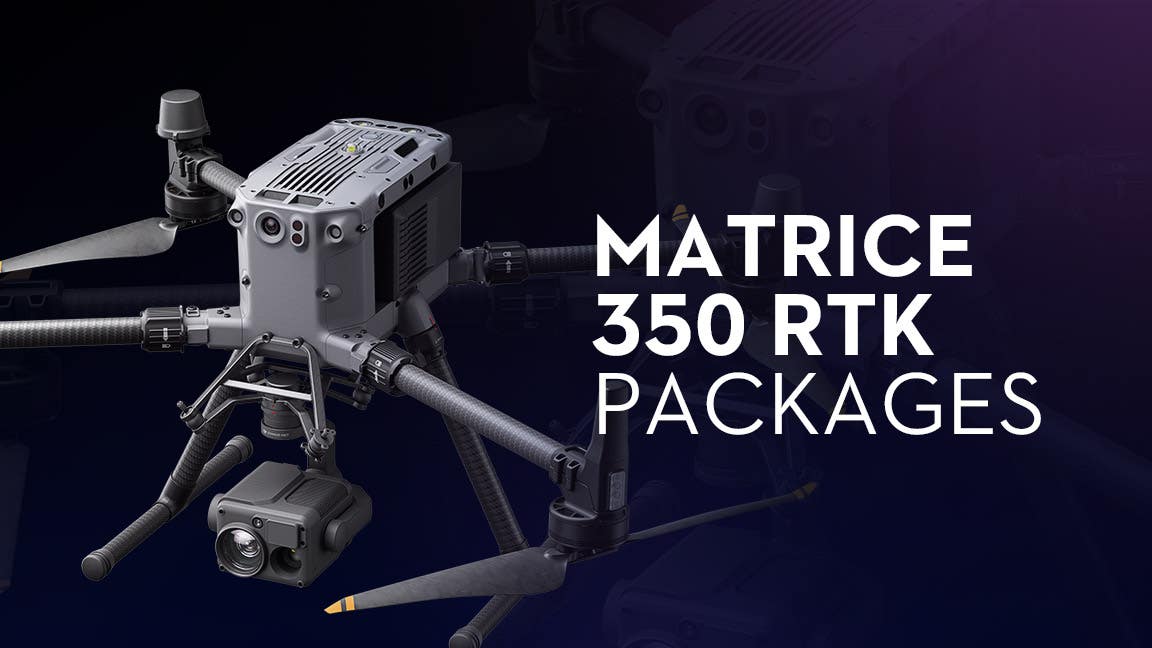Introduction
Thermal Imaging Cameras on Drones Warm imaging cameras on rambles are reforming different enterprises, offering extraordinary abilities in observation, search, salvage, and agribusiness, and the sky is the limit from there. By combining the force of warm imaging with the versatility of robots, experts can now get to basic information from a higher place, even in testing conditions. We’ll investigate the key advantages, applications, and future capability of warm imaging cameras on rambles.

What is Warm Imaging?
Warm imaging is an innovation that identifies infrared radiation, or intensity, transmitted by objects. Not at all like apparent light, which is affected by variety and brilliance, infrared radiation uncovers temperature contrasts. Warm cameras catch this information and convert it into pictures where various temperatures show up as different shades of variety, regularly going from blue (cooler regions) to red or white (hotter regions).
The Reconciliation of Warm Imaging with Robots
Drones have become progressively famous because of their capacity to give ethereal points of view rapidly and proficiently. By coordinating warm imaging cameras, robots can now offer something beyond high-goal visuals; they can identify heat marks from individuals, creatures, hardware, or different articles, even in complete murkiness or through smoke, haze, and foliage.
Key Uses of Warm Imaging Robots
- Search and Salvage Operations
- One of the most basic utilizations of warm imaging drones is in search and salvage missions. In situations where permeability is compromised, for example, during evening, in thick timberlands, or a debacle-stricken regions, warm cameras can distinguish the intensity marks of missing people, directing salvage groups straightforwardly to them. This capacity altogether lessens search times and can be the contrast between life and demise.
- Infrastructure Inspection
- For enterprises that depend on a basic framework, for example, electrical cables, pipelines, or sun-powered chargers, warm imaging drones offer a painless method for observing and reviewing resources. They can recognize overheating parts, spills, or different issues that could prompt disappointments, considering preventive support before expensive breakdowns happen.
- Agriculture
- By distinguishing varieties in temperature, ranchers can recognize regions that are under pressure because of the absence of water, nuisances, or sickness. This takes into consideration designated intercessions, advancing asset use, and further developing harvest yields.
- Wildlife Checking and Conservation
- Preservationists utilize warm imaging robots to screen untamed life populations without upsetting them. These robots can identify creatures even in thick vegetation or around evening time, giving significant information on populace sizes, developments, and ways of behaving. This innovation is especially helpful in enemy poaching endeavors, as it considers the recognition of criminal operations in distant regions.

Advantages of Utilizing Warm Imaging Cameras on Robots
- Upgraded Visibility: Warm cameras give permeability in conditions where customary cameras come up short, like in haziness, smoke, or weighty foliage.
- Non-Nosy Monitoring: Robots furnished with warm cameras can screen regions or circumstances without actual mediation, lessening the gamble to people and limiting unsettling influences.
- Cost-Effective: Sending drones with warm imaging abilities is much of the time more savvy than customary techniques, for example, monitored airplanes or ground watches.
- Ongoing Data: These robots can convey continuous warm information, taking into consideration prompt independent direction and reaction.
Difficulties and Contemplations
While the advantages of warm imaging drones are huge, there are difficulties to consider:
- Cost: Great warm cameras can be costly, and coordinating them with drones adds to the general expense. In any case, costs are steadily diminishing as the innovation turns out to be more far and wide.
- Administrative Hurdles: Working robots, particularly those furnished with cutting-edge imaging innovation, may require consistency with different guidelines. In certain districts, there are limitations on drone utilization that could restrict their sending.
- Preparing and Expertise: Compelling utilization of warm imaging drones requires talented administrators who comprehend both robot directing and the understanding of warm information. Putting resources into preparing is urgent to augment the capability of this innovation.
The Eventual Fate of Warm Imaging Robots
The eventual fate of warm imaging drones is splendid, with progressing headways in both robot and warm camera innovation. We can hope to see upgrades in picture goal, battery duration, and simulated intelligence-driven examination that will make these frameworks much more remarkable. Furthermore, as costs keep on diminishing, warm imaging robots will turn out to be more open to a more extensive scope of enterprises, further driving development and reception.

Extending the Utility of Warm Imaging Robots
Thermal Imaging Cameras on Drones The utility of warm imaging drones isn’t restricted to the clearest applications like hunting and salvage or firefighting. They are progressively being utilized in fields as different as development, ecological observing, and even security. For example, in development, warm robots can be utilized to survey building locales for energy productivity, distinguishing regions where intensity is getting away and hence where protection should be moved along. This can be critical in both new forms and in the support of more seasoned structures, guaranteeing that structures satisfy present-day energy guidelines.
In natural observing, warm robots offer a creative method for following changes in environments. They can screen temperature varieties in waterways, survey the strength of vegetation, and even distinguish the presence of obtrusive species. These robots give a non-nosy technique to social event information over huge regions, which is particularly significant in remote or difficult to reach locales. This capacity is instrumental in preservation endeavors, assisting researchers with safeguarding imperiled species and keeping up with biodiversity.
Conclusion
All in all, Thermal Imaging Cameras on Drones with drones are a distinct advantage across numerous areas. Whether it’s saving lives in search and salvage missions, upgrading firefighting endeavors, or working on horticultural proficiency, the potential applications are tremendous and developing. As innovation keeps on propelling, warm imaging robots will without a doubt assume an undeniably imperative part in our reality.

Read More: How to Connect Amazon Prime to TV: A Step-by-Step Guide
FAQs
A warm imaging drone is an automated flying vehicle furnished with a warm camera that distinguishes heat marks and converts them into pictures.
They find missing people by recognizing their intensity marks, even in low-permeability conditions like obscurity or smoke.
Indeed, warm robots succeed in night tasks, giving clear pictures given intensity, not light.
They can be exorbitant, however costs are diminishing as the innovation turns out to be more far and wide and open.
Key enterprises incorporate firefighting, horticulture, security, foundation review, and ecological observing.

